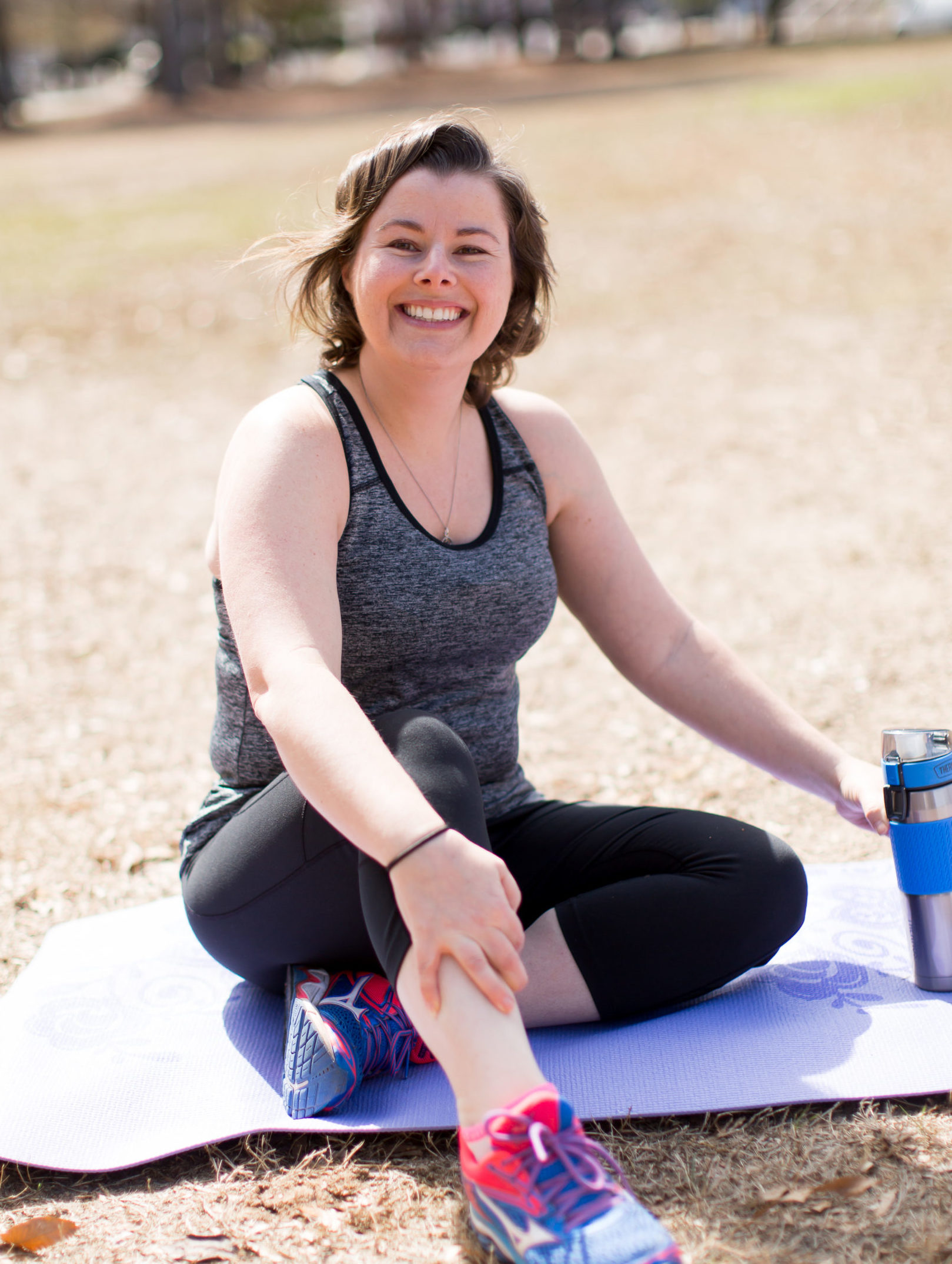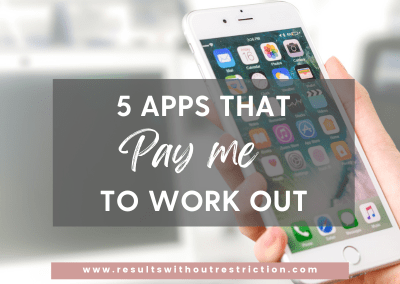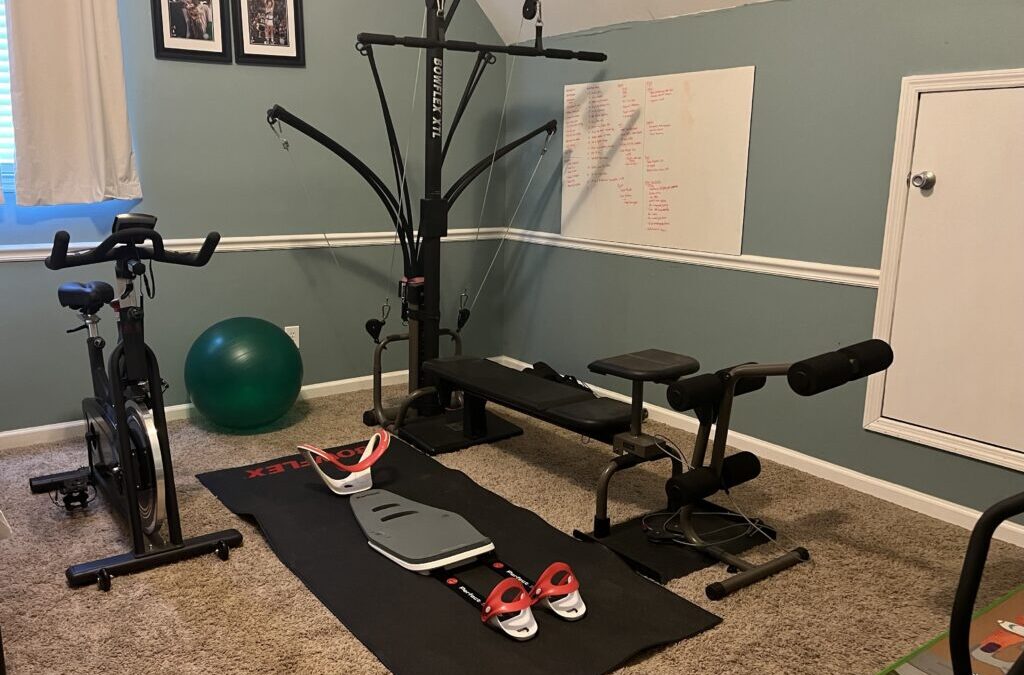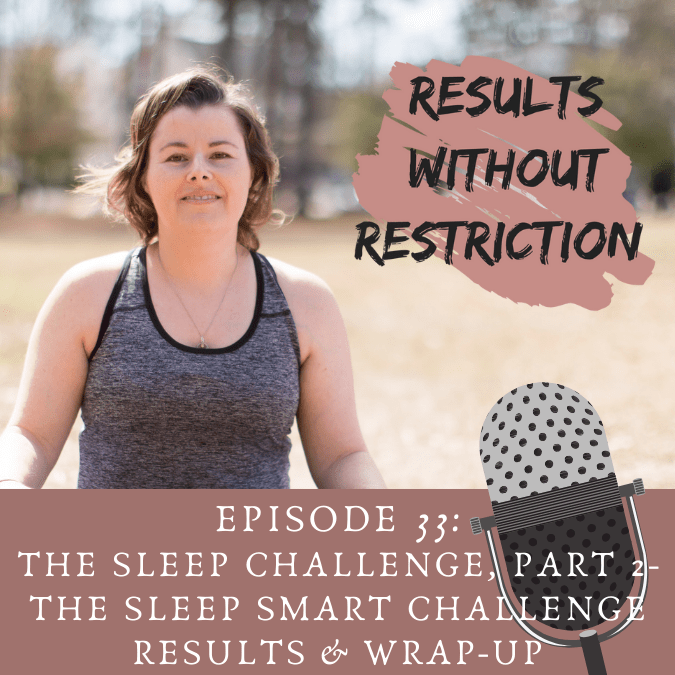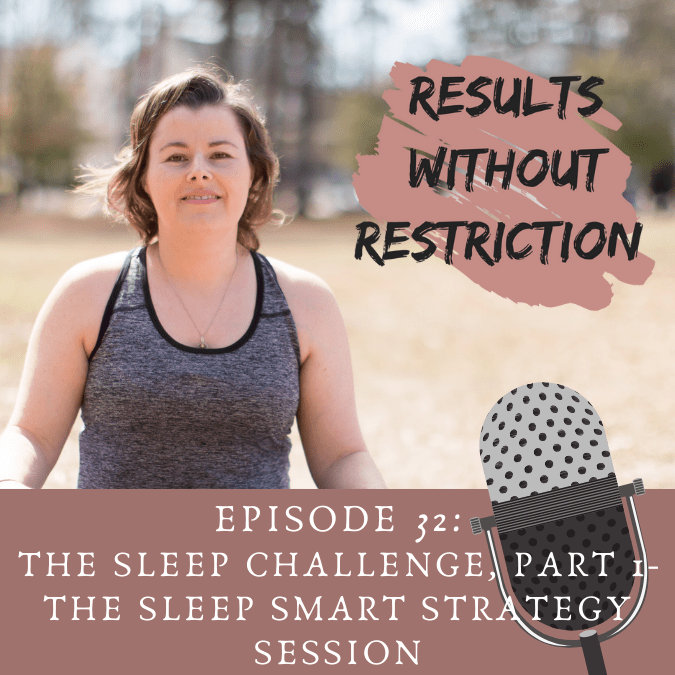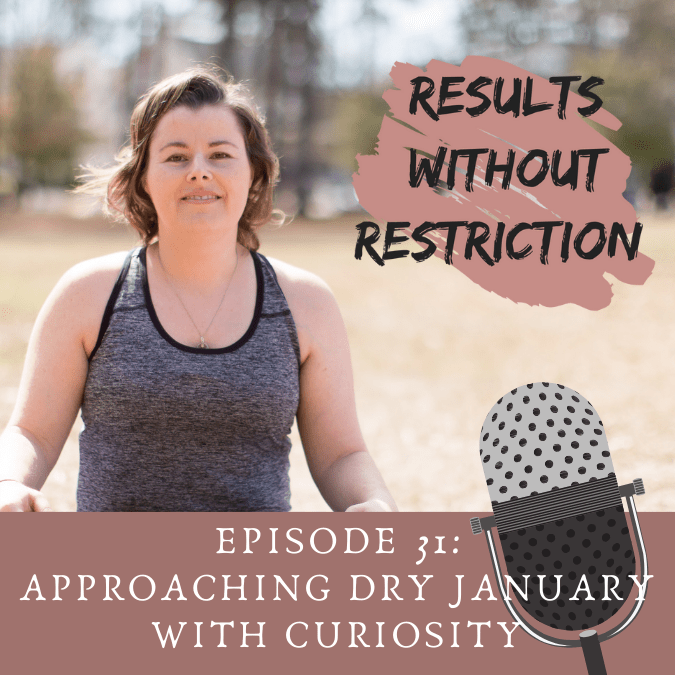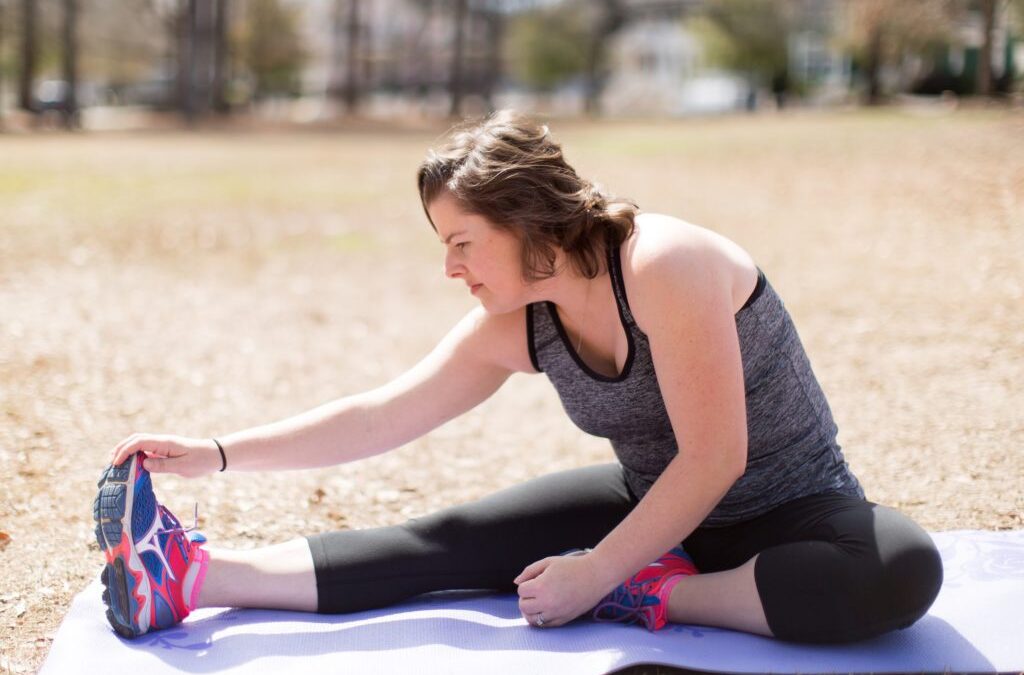
Meditation can be a life-changing practice if you struggle with stress or anxiety. Meditation has been shown to rewire the brain to return to a calm state and teaches you how to manage your racing thoughts or excessive worries.
You may not know this but 20 years ago I struggled with crippling anxiety and panic attacks. I went to the doctor for anti-anxiety pills but instead got a lesson in meditation. Learning how to quiet my mind has been an invaluable tool in managing my anxiety since then.
If you’re struggling with constant worry or a brain that doesn’t relax, you may want to create your own meditation practice. It doesn’t have to be complicated, you can start right now!
Table of Contents
Here are 4 steps to getting started:
Step #1: Create space
Literally and figuratively. Find a place where you’ll be able to sit in peace for a few minutes at a time (to start). Free of noise, distraction, traffic, or anything that will disrupt your meditation. Put a comfortable pillow, chair, blanket in the place where you’ll meditate to designate it your meditation space to help your mind and body transition into your practice.
If you can’t designated one space for meditation, don’t sweat it. The great thing about meditation is it literally can be done ANYWHERE, but most people find that having a designated spot for it helps get into the right mindset for the practice.
Also, carve out a time in the day when it will be convenient for you to meditate. Most people prefer to do it early in the day, that way it doesn’t get postponed or eventually left undone by a busy day or being too tired later on.
Step #2: Pick a style
Figure out what kind of meditation you want to do. I’ve listed some beginner-friendly ones here:
Breathing meditation – focus only on the breath. Inhale, exhale. Inhale, exhale.
Counting meditation – the same number sequence is repeated over and over.
Mantra meditation – focus on a word or phrase for the duration of the session.
Sensation awareness meditation – scan through your body one part at a time and just tune in to the sensations of your body at that time. No judgement, just awareness.
Walking meditation – Sitting meditation usually provides the greatest benefits, but you may need to start with small steps. Walking meditation is useful for beginners or as an alternative on days when a regular session isn’t feasible. Walk around your own living room or backyard. Walking automatically puts you in touch with your body. Observe your posture from foot to head. Align your breath with your steps. Pause frequently to create a slow and restful state of mind. Take a moment to stand up straight. Lift each foot gently, and roll from heel to toe as you place it down in front of you.
To start, just pick one type and see if it resonates with you. if not, you can move on to another type. Most beginners start with a guided meditation
Step #3. Start Small
For most people, one of the most difficult things about meditation can be finding the time to squeeze a session into your busy schedule. You can start by meditating for five minutes or less!
Stop on red. You may start looking forward to red lights if you use them for a refreshing break. Focus on your breath and appreciate the world around you.
Take advantage of routine tasks. Empty your mind and your dishwasher at the same time. As you remove forks and plates, clear out nagging resentments and doubts.
Ease stressful moments. Meditate on whatever disturbs you. Being annoyed with a salesclerk who rang up your purchase without putting down their phone could remind you to listen more attentively to family and friends. Let it be a teachable moment that creates more harmony.
Express gratitude. Happy events are also worth pondering. Stop to give thanks for hot chocolate or spring flowers
Step #4. Join a Guided Meditation Group
Guided meditation sessions with a group leader take care of the agenda for you.
Find a community. Yoga studios, public libraries, and local hospitals may offer programs. Browse online or check bulletin boards in grocery stores and coffee shops. Start your own group through Meetup.
Locate a meditation instructor. Effective instructors come in many shapes and sizes. Ask about why they teach meditation and how they lead a session. As long as you feel comfortable with them it may be a good fit.
Work with distractions. Meditating in a crowded room may feel different than sitting down alone in your bedroom. If trying to screen out distractions makes it difficult to concentrate, try accepting them instead. Remain aware of your surroundings. If a door slams or a phone rings, gently bring your focus back when you’re ready to resume.
Go at your own pace. Meditation comes more easily for some practitioners, and your powers of concentration will probably rise and fall from day to day. Listen to the instructor when you need more guidance. If you already feel clear and connected, you may want to follow your own thoughts instead.
You can start a meditation practice today even if you’re short on time and juggling many responsibilities. Practical meditation techniques can put you on the path to managing stress and enjoying greater peace of mind.
Frequently Asked Questions About Starting a Meditation Practice
1. I’ve never meditated before—where should I start?
Start small. Even just 2–5 minutes of quiet breathing can help. The 4-step method in this post is perfect for beginners and helps you ease into a consistent habit without pressure.
2. Do I need a special setup or equipment to meditate?
Nope! You don’t need anything fancy. A quiet(ish) space, a comfortable seat, and maybe a timer are all you need. You can meditate sitting on a chair, a cushion, or even lying down—whatever works for your body.
3. What if I can’t stop my thoughts?
Good news: you’re not supposed to. Meditation isn’t about having a blank mind—it’s about noticing your thoughts and gently bringing your focus back (to the breath, a word, or your body). That is the practice.
4. How long should I meditate each day?
Start with just 2–5 minutes and build up if it feels good. Consistency matters more than length. Even short sessions can create powerful results over time.
5. Is it better to meditate in the morning or at night?
Whatever time you can stick with! A morning practice can help set a calm tone for your day, while evening practice may help you wind down. Try both and see what feels best.
6. What kind of meditation are you talking about?
This post introduces a simple mindfulness-based practice, focusing on breath, awareness, and gentle redirection. It’s suitable for all levels and aligns with the Results Without Restriction approach to self-care: realistic, compassionate, and doable.
7. What if I miss a day or fall off track?
You’re human—missing a day is not failure. Meditation is always there for you when you return. Think of it like brushing your teeth: it’s most effective when done regularly, but one missed day doesn’t undo your progress.





